Ecotourism and Adventure in French Polynesia
Island-hopping around this South Pacific paradise, nomad Amanda takes an outrigger canoe lesson, learns about Polynesian traditions, explores the marine life, and meets the local people.
 Photo © Amanda McCracken
Photo © Amanda McCracken
It’s 3am, and I’m making my best “shhhh” white-noise sound, while my husband sings, “Hush little baby…” to our three-month-old daughter, Moorea. Little did we know, when we embarked on our tour of French Polynesia last year, that we’d find ourselves 16 months later, bleary-eyed, stooped over a bassinet in the middle of the night.
In June 2019, well before COVID-19 put a stop to global travel, we set out on an island-hopping trip to Tahiti, Huahine, Bora Bora, and Moorea. It was life-changing in more ways than one.
- Traditions in Tahiti: The Heiva Festival and Va’a
- A biology and botany lesson in Huahine
- Bora Bora: chic and shabby
- Surf and turf on Mo’orea
- Trip notes
Traditions in Tahiti: The Heiva Festival and Va’a
French Polynesians respect the symbiotic relationships between people, the land, and the water. While in the capital, Pape’ete, we stay with a local Tahitian whose family is one of many who emigrated from China more than 100 years ago. She proudly insists we plan our trip during Heiva – a summer festival of parades, dances, competitions, and art exhibits celebrating the culture and history of French Polynesia.
During the day, we visit the handcraft market, where we watch local Tahitians string coconut strands through pearls and weave elaborate baskets out of local grasses. At night, we attend one of the renowned native dance competitions where we can feel the beat of the drums in our chests, while hundreds of dancers pulsate in rhythm, exhibiting a beautiful blend of art and athleticism.
A visit to French Polynesia without exploring its cultural tradition of outrigger canoeing, known in Polynesian as va’a, would be like visiting the US without going to a baseball game. But va’a is more than a sport – it’s a sacred art, considered a spiritual bridge between the past and the present.
Tute of Tahiti Va’a Inc. is our guide in this maritime tradition. He leads us down a series of tiny alleys in old Pape’ete to visit his Renaissance-man friend Johann – part musician, part historian, part activist. Johann relays tales of Hokule’a, the double-hulled voyaging canoe which embarked on the famous 1976 round trip between Hawaii and Tahiti, using strictly celestial navigation, leading to a renewal of Polynesian voyaging culture. He reminisces about sitting on his father’s shoulders, watching Hokule’a enter Pape’ete’s port with his uncle onboard, before serenading us on his ukulele.
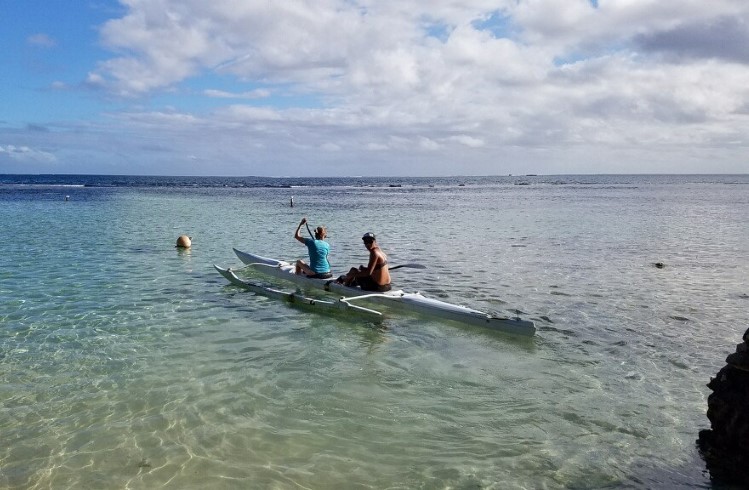
Next, we drive to Tahiti Iti (the smaller sister “island” connected to the mainland) for a canoe lesson with five-time world champion, Hinatea Bernadino. She invites us into her home, which she rents out to famed surfer Kelly Slater when he comes to town to surf the monstrous waves of Teahupo’o. After a tour of her trophy room, we head out for a lesson right off her property. “Put your paddle in deeper,” she tells me, “Feel the water.” Learning to feel something you take for granted is easier said than done.
A biology and botany lesson in Huahine
Our second stop takes us to Huahine, known as the “wild and authentic” island. It’s also called the rebel island, because this queen-ruled island was the last of 118 islands to surrender to France.
Here, we join a botany tour with Greentours, founded by our guide Romain, a Frenchman who has called Huahine his home for 26 years after marrying a local woman. Romain, who hikes barefoot to feel the mana (earth’s energy), says, “I’m a better man, living in French Polynesia.” We hike through the lush vegetation past downed coconut shells, mangoes, and three human skulls tucked between rocks to one of the several stone maraes (archeological sacred site) on the island. Romain draws our attention to the stones arranged for human sacrifice and the advantageous view natives had over turquoise Maroe Bay. He points out the antioxidant properties of the ugly noni fruit and the versatility of coconut milk (a substitute for breast milk and IV fluid). He identifies the blue flower (aerofai), used for anxiety, and we taste its unique mushroom flavor.
The next day, we swap land exploration for water, aboard the Dream Tour run by Huahine native William. On his motor-powered pirogue, named Coralia, William hydrates our group of six with rum punch as he takes us on a reef snorkeling tour and to meet the island’s legendary blue-eyed eels.
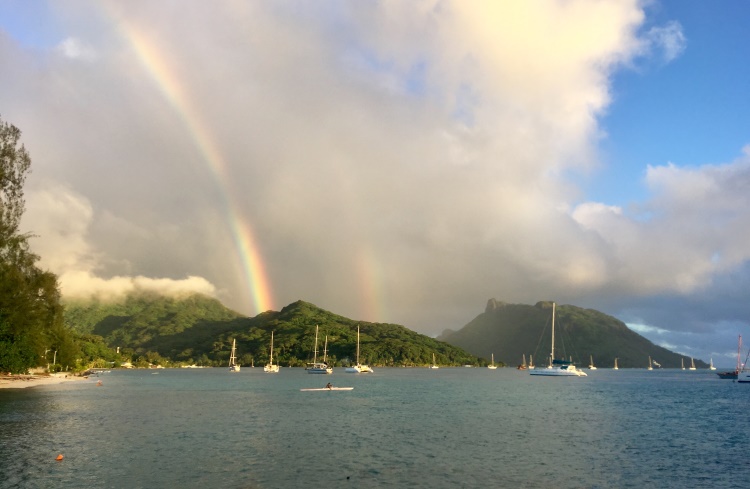
Bora Bora: chic and shabby
We can’t resist a one-night splurge at an iconic, over-the-water bungalow on the “Pearl of the Pacific.” It’s worth every penny (or CFP Franc, in this case).
A 10-minute ferry whisks us from Bora Bora’s tiny airport to our reservation at the posh Pearl Beach Resort (now Le Bora Bora). I immediately go in for a swim with the unicorn fish jetting beneath our bungalow’s glass floor. Dave says he is leaving to retrieve our luggage and returns with a bottle of champagne. He pops more than the bubbly, getting on his knees to propose with a black pearl ring he purchased in Huahine. We top off the momentous event with a silent sunset cruise aboard the SoelCat, a solar electric catamaran, exploring the lagoons of Bora Bora (originally Pora Pora, meaning “first born”).
The next morning, we trade in our luxurious ride aboard the SoelCat for a dingy with tarps to keep our belongings dry in the choppy waves – a ripple effect from a typhoon hundreds of miles away. Our French skipper Jimmy senses our trepidation and coaxes us on board. Our destination, Blue Heaven (on a semi-private islet), is only 10 minutes away, but we wonder whether we’ll capsize before reaching our quirky, rustic accommodations run by Elie, a hippy Parisian transplant who plays drums and sings Edith Piaf classics. At night, Etoile, one of Blue Heaven’s resident dogs, lies on guard outside our modest bungalow. We are the only guests for two of our three nights at this solar-powered lodge. Our meal options are limited to those Jimmy cooks for us, which happen to be some of the best we eat during our trip. In the mornings, Jimmy teaches us how to “milk” a coconut for our coffee creamer, and then gives us a swimming tour of their coral reef garden.
Surf and turf on Mo’orea
Our daughter’s namesake, Mo’orea, is the shape of a heart when viewed from above. But the best view we find is at Belvedere Lookout (accessible by car, bike, or hiking trail) offering a stunning panorama of Mt. Rotui and Opunohu and Cook Bays, where Captain Cook moored for the first time when he visited Mo’orea in 1777. We combine sea life exploration with some local flavor on the islet of Motu Tiahura, a three-minute boat ride from our stay on the northwest coast. A lunch of poisson cru Tahitienne (cucumbers, onions, and raw tuna marinated in coconut milk and lime juice) and a local Hinano beer follow a swim with stingrays and sharks.
Someday, we’ll return to French Polynesia with Moorea, so she can swim with its fish, feel its mana and waters, and drink its nectars. Until then, our blue-eyed beauty embodies these memories for us.
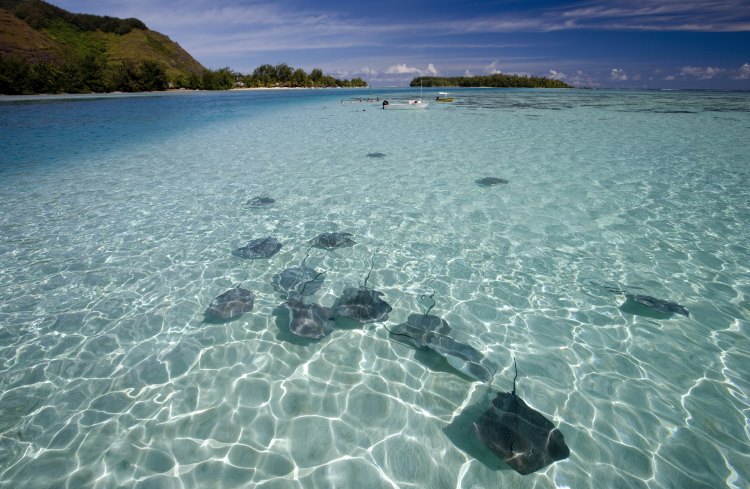
Trip notes
If you travel to French Polynesia during Heiva, buy your tickets to events well in advance. It usually runs throughout July, but check the Maison de la Culture for exact dates.
While you can fly from Tahiti to Mo’orea, I recommend taking the 30-minute ferry (about a US $25 round-trip ticket) from the port in Pape’ete. You’ll have to book flights ahead of time to travel between other islands.
While French and Tahitian are the official languages, English is widely spoken. “Thank you” in Tahitian is “Mauruuru.”
Related articles
Simple and flexible travel insurance
You can buy at home or while traveling, and claim online from anywhere in the world. With 150+ adventure activities covered and 24/7 emergency assistance.
Get a quote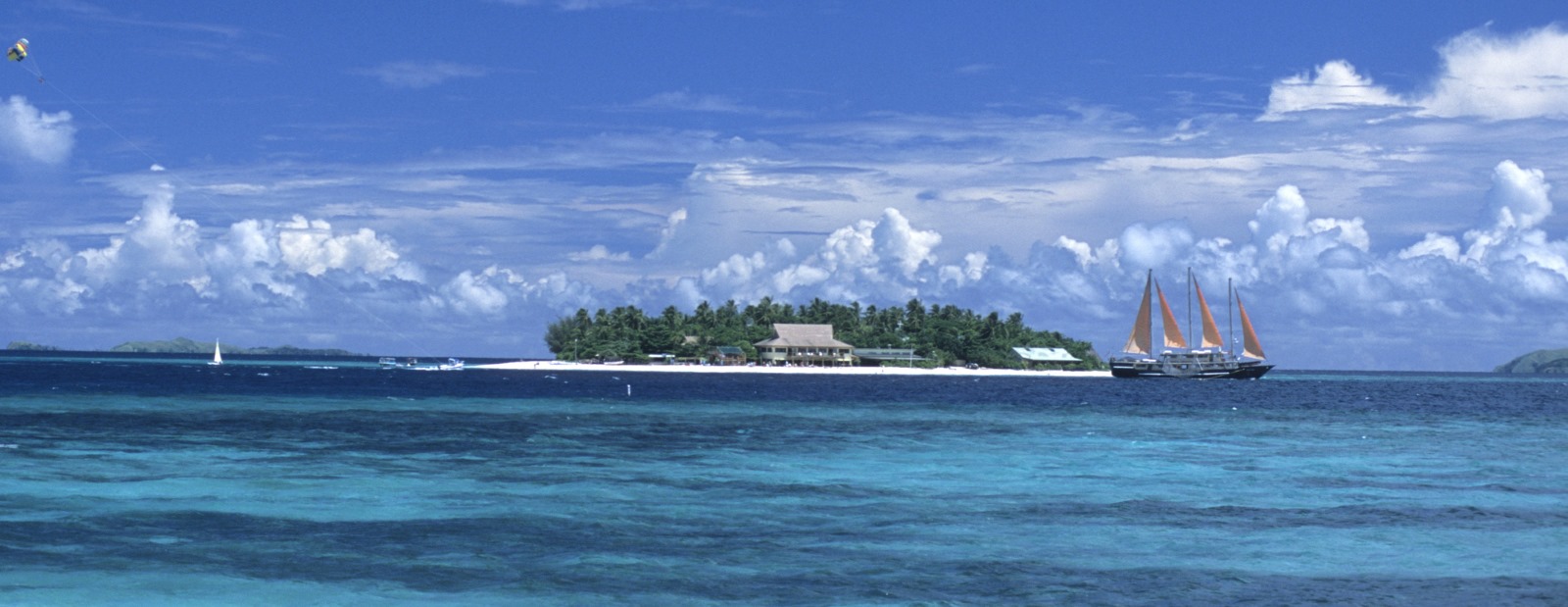
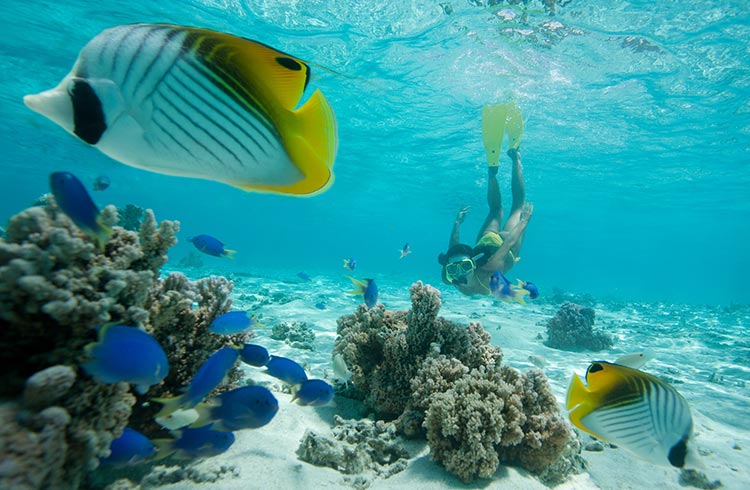
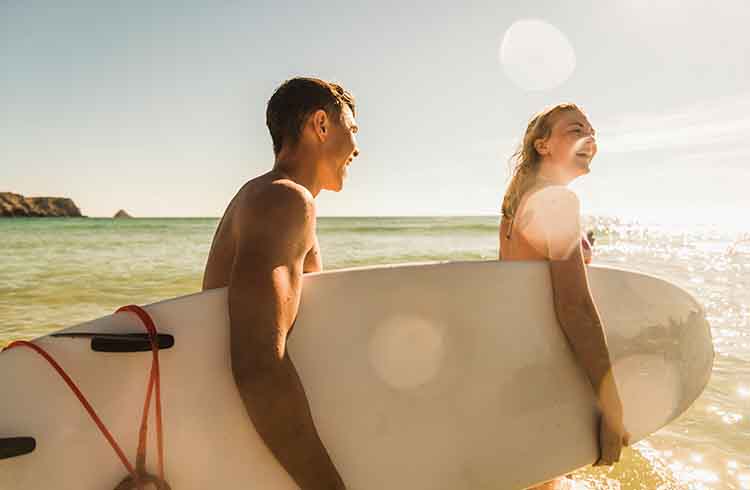
No Comments